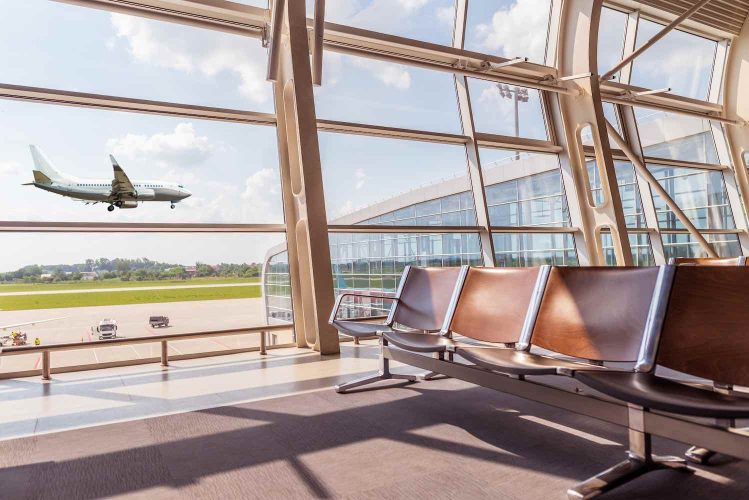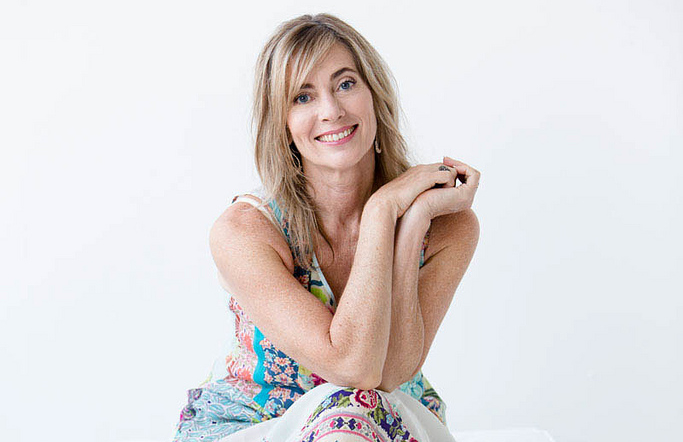My husband is a professor of law at Santa Clara University. As such, he is entitled to a sabbatical every seven years. A sabbatical is a rest, a break from work. Even though he loves his work, my husband looks forward to the time spent away from teaching and mentoring students because it gives him time to pause, to stop and think, and turn to other projects that he can’t get done while carrying a full load of teaching. His next sabbatical is scheduled for the fall semester of this year, which coincides with my 60th birthday. Our plans are – were – to travel to Cambridge, England; Delhi, India; Bhutan; Portugal; and then a three-and-a-half-week cruise down the west coast of Africa, exploring nine different countries before ending our grand extravaganza on safari in the Serengeti, Tanzania.
His last sabbatical, in 2014, coincided with our first year as empty-nesters. It was a time of change and transition for our family, saying goodbye to our youngest as she made her way into the world, and saying goodbye to our role as parents with kids living at home. Our trip that year (five months in Australia) was a wonderful break for me. I like to think of that sabbatical time as an extended pause – much like the pause we do before moving in or out of a yoga pose. Before we left, I was focused on our daughter’s successful transition to college and independence, as well as all of the travel arrangements for us to be away from home for that long.
While getting ready for our 2014 sabbatical, I was worried and obsessed about all the details that needed to be dealt with. I spent hours getting our place ready to be rented, finding responsible renters, and even more hours finding us a place to rent in Melbourne. There are graceful ways to manage all of the details that long-term overseas travel involves, and there are less graceful ways. In 2014, I did it the less graceful way. My preoccupation with all the details (both large and small) was a way to avoid having to face the bigger change that our trip signified: we were empty-nesters after 24 years of raising kids. It was so much easier to focus on which of our valuables to pack away, or which neighborhood in downtown Melbourne would suit us best, or where to stay while exploring the Great Barrier Reef, than to uncover who I was as a mother if I no longer had kids at home.
The trip to Australia couldn’t have come at a better time. It was a wonderful way to end one phase of motherhood before ushering in the next. We got to explore places in the world that were new to us: Melbourne, Tasmania, Uluru, Alice Springs, Darwin, Kangaroo Island, Bali, Sydney, Bowral, the Great Barrier Reef, and New Zealand’s South Island. We found we loved this part of the world. The people were friendly, the landscapes lovely, the cities easy to navigate, and the countryside fascinating to explore. If you are interested in reading about some of our 2014 adventures down under, type Australia in the search button on my website.
Through long-term overseas travel, we also got to explore new parts of ourselves, rediscovering our relationship as a couple versus being parents. We got to see what life was like without the daily responsibilities of being full-time parents. And we also got to explore living in new and different environments. When we returned to California, we realized we had changed because of our travels, and these changes meant we needed to change our lives. After 20+ years in the suburbs, we decided that we wanted to move to the city. After our move to downtown San Jose, I let go of my previous career and became a yoga teacher (a big and most welcome transition!).
Long-term travel sounds great, but it isn’t always easy. There are months of planning to get ready: figuring out where to stay, what to pack, what to leave behind, applying for visas, finding hotels and/or homes to rent, saying goodbye to family and friends. This is a small list of all the details. But, after all the arrangements are made and the journey begins, I have found long-term travel to be an enriching adventure. I love meeting new people, seeing new sites, learning about new cultures, and the rich history of the places we explore. Most of all, I really love that there is no pressure to see places and do things in a rush. I like that while we make plans in advance, we also make plans on the fly, often adding or changing to our itinerary because we can and because we are not in a hurry. To me, that is the perfect way to travel; to really experience a place, not just see the sites. We get to enjoy both the journey and the destination.
I also know myself, and I know that, after the flurry of travel and basic exploring (finding food markets and yoga studios!), about four to six weeks into a longer overseas travel adventure, I get homesick with loneliness. I found it especially hard in 1990, when we spent a year living in Vienna, Austria while I was pregnant with our first child. At the time, I attributed my loneliness to the situation. I barely knew the language, the winter weather was gray and overcast, the food in Vienna in 1990 was awful, and my pregnancy hormones were rampant. I had no such excuses in 2014 in Melbourne. The weather was sunny and beautiful, most of the people spoke English, and the food was delicious.
So after six weeks in the country, when I found myself a bit homesick, I gave myself missions, or assignments, which included sampling the best-reviewed coffee places or Greek restaurants; trying different yoga studios; finding all the local embroidery stores (for those who do not know I am an embroiderer – if I’m not reading, or practicing, or teaching yoga, I am most likely stitching).
Fast forward to 2020 and the pandemic. There is a proverbial expression that goes, “The best laid plans of mice and men often go awry.” It is used to signify the futility of making detailed plans when the outcome is uncertain. This is apt for our upcoming sabbatical travel plans. Pre-pandemic, I spent hours of my time planning our trip, being both a travel agent (as I made very complicated flight reservations) and real-estate agent (as I started to get our home in San Jose ready to be rented). Our current itinerary calls for 13 flights, many hotels, a three and a half-week cruise, and a five-day safari, and I was knee-deep in the planning process. But, like people all over the world, our lives and travel plans have been upended by the uncertainty that the coronavirus has brought. No one can predict how it will unfold. One thing is for certain: we are all living with uncertainty.
We have been exploring options. Perhaps we will spend less time in England, and more time in Portugal. Perhaps, instead of the cruise along west Africa, we will visit friends in east Africa; and, perhaps we will get more time exploring South Africa than what we currently have planned. It is all up in the air. At the moment, we haven’t cancelled our reservations, but we are pretty confident that many of the plans we have made will need to be changed.
Instead of being nervous and worried, my usual MO when facing the unknown, I am excited and actually looking forward to the adventure, seeing how it will all unfold. I know things will not go as planned, that disruptions will happen, and that no matter what, I will be okay. I like to think of our upcoming travel as a pilgrimage or vision quest as the gateway to my 60s begins. What we know for sure: my husband will finish his current book project, Tyrants on Twitter: How Authoritarian States Abuse Social Media, and How to Stop Them wherever we are. We will be together, and we will be fine.














